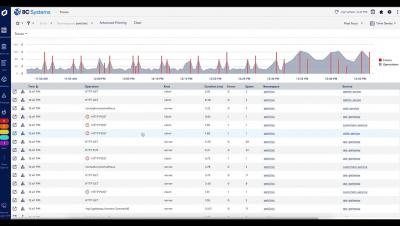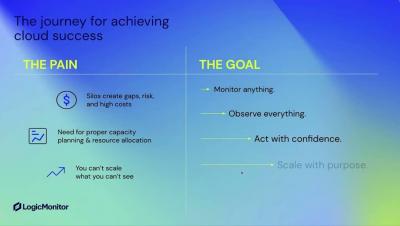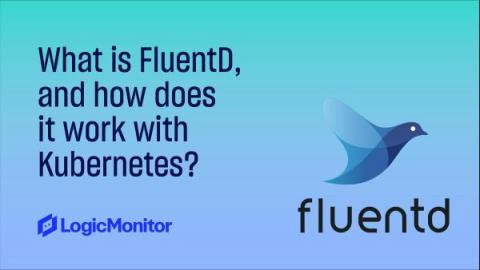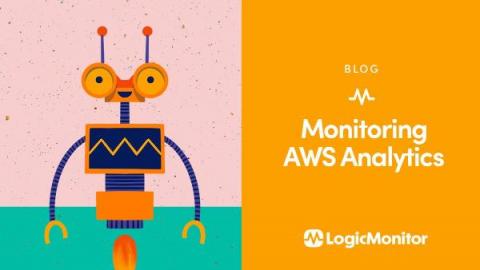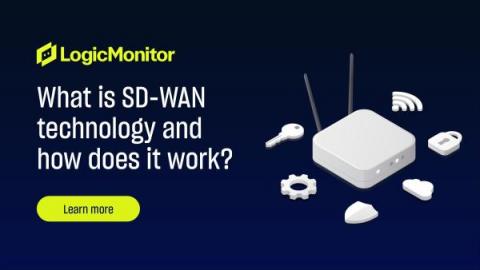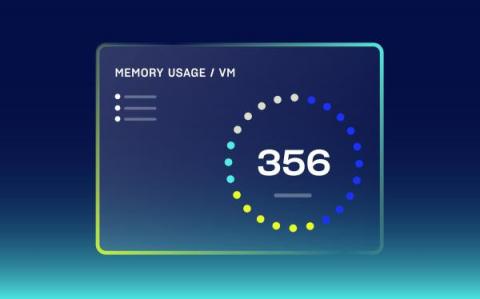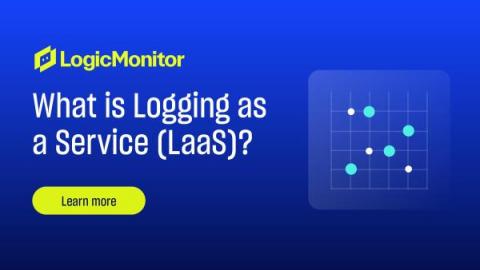What is Application Topology and how to access it?
Unlock deeper insights into your application. Application topology gives users a real-time view of their application service architecture. See relationships between services to identify bottlenecks and possible improvements within applications, based on ingested trace data. Chapters.


